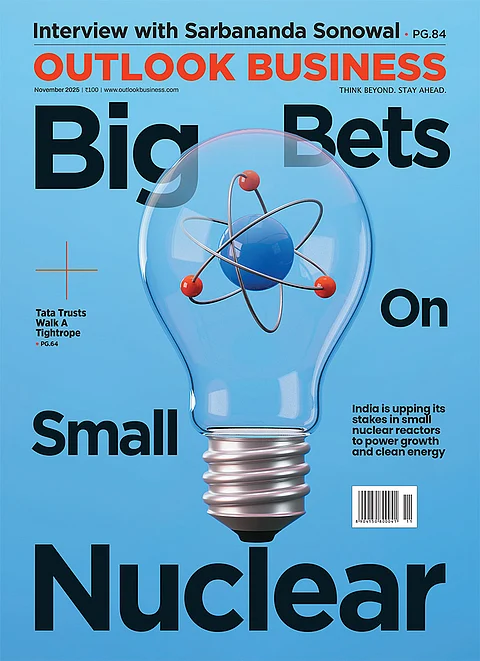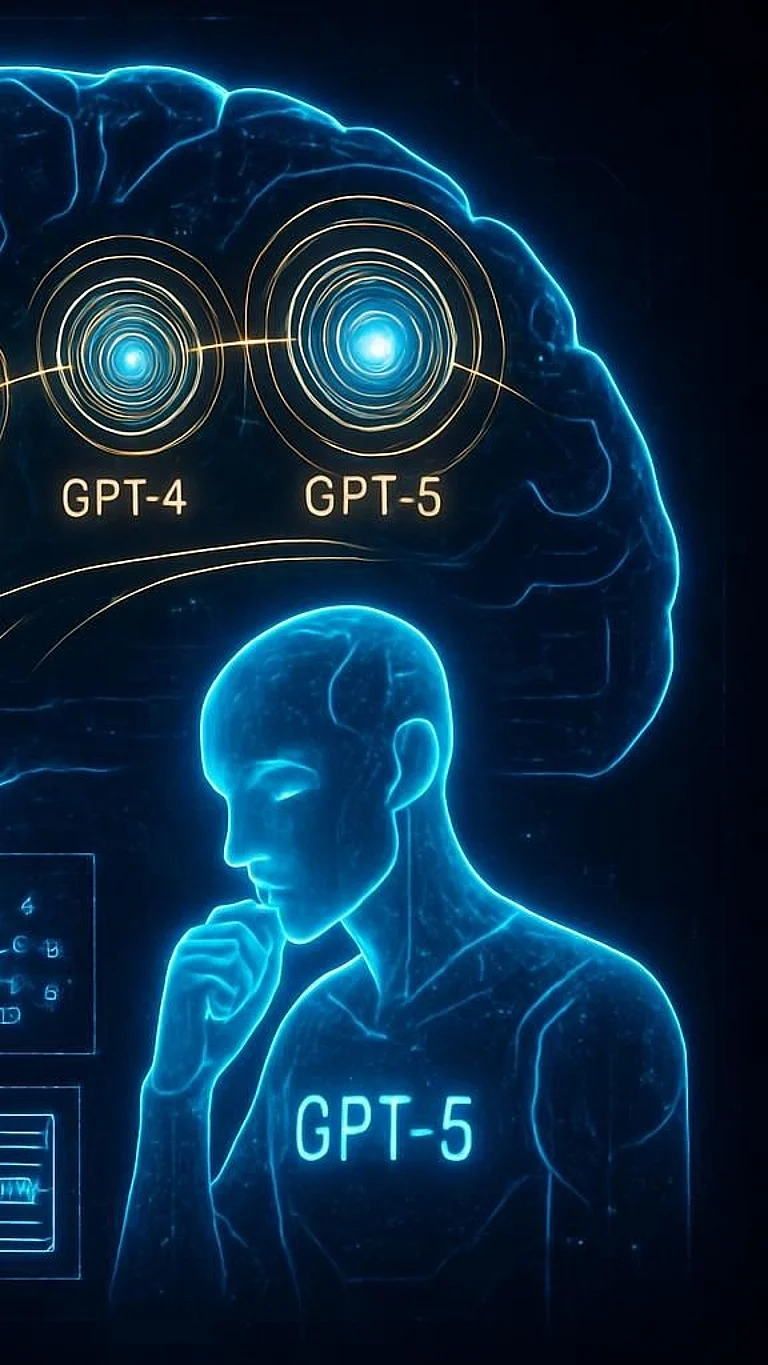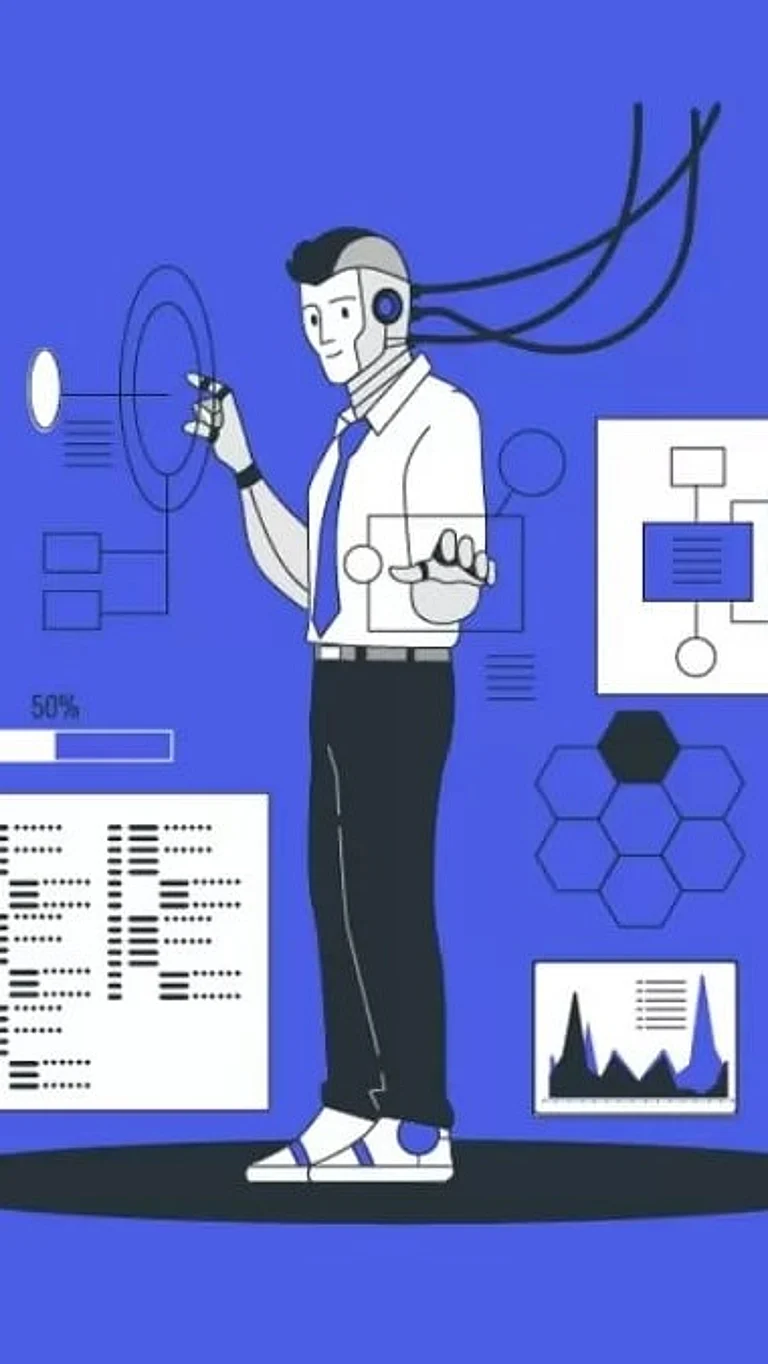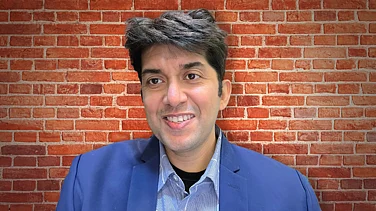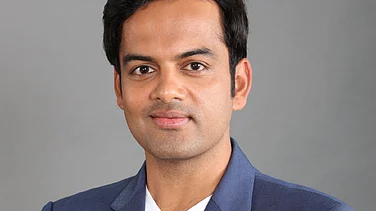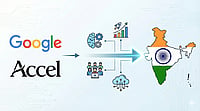
Dhruv Rathee introduces AI Fiesta, a platform that integrates multiple AI tools to reduce bias and misinformation
He shares his vision for India’s AI ecosystem, stressing the need to build products tailored to local needs
Rathee predicts AI will soon become as essential as computers, making AI skills a core requirement for future jobs
“AI is not here to replace us, it makes work smarter. The entire job market will change and AI will become an essential skill,” says YouTuber-turned-entrepreneur, Dhruv Rathee. The content creator, who has more than 29.5 million subscribers, has launched his own AI start-up called ‘AI Fiesta’. It is a tool which brings all leading AI tools in one place. In short, users can now ask queries to all AI chatbots at once.
At first, Rathee made the announcement on his official YouTube channel on August 17. In the introduction video, he explained the reason behind building his start-up, while also admitting that his new venture was not conceived like a typical “billion-dollar idea”. Instead, he focused on solving daily problems related to AI chatbots.
However, AI Fiesta has drawn sharp criticism on X (formerly Twitter), with many users in the tech community called it a “college project”. Yet, Rathee isn’t bothered about the backlash. In an exclusive interview with Outlook Business, he talks about the use of AI Fiesta, how it tackles with the bias in chatbots like Grok and DeepSeek, AI vs Humans debate, and much more.
“…DeepSeek is biased toward the Chinese government, Grok is biased in favour of Elon Musk,” he told us.
Edited Excerpts:
You are already a well-established content creator and influencer. What inspired you to start your own venture, and that too in AI space?
For me, starting a start-up doesn’t mean creating something just for the sake of it. Actually, I was facing some problems with using different AI tools within my own team. The team was using different AI bots for different purposes such as production, videos and fact-checking. But we observed that each tool is good for a specific purpose, not for all.
For example, ChatGPT has a very “ChatGPT-style response” which is identifiable. However, the chatbot is good for fact-checking. Similarly, Anthropic’s Claude AI is best for writing, and Gemini works best for some other tasks, Grok works well with searching content from the internet.
So, we had to keep separate subscriptions for all these tools, which cost us more than $100 per month. So, I had a discussion with some developers to see if there was any way to reduce this cost. And that’s where the idea came up.
Initially, we built the ‘AI Fiesta’ app only for our own internal use, so that we can save time and money by using all tools on one platform. It even increased our efficiency since all tools would respond together.
After a few months, I planned to introduce it to people across the world because it can be useful for others too. That’s when we decide to launch it as a start-up.
Critics say AI Fiesta is just an aggregator. How would you like to react to such comments?
Even in the launch video, I have clearly mentioned that my idea is simple and I am not doing something very innovative. My only purpose was that the platform worked for me and solved my daily problems with the AI chatbots. Hence, I made it public. Now, if people want to use to solve their own problems, they can use it. I never claimed that I have made some big innovation.
AI has been criticised for bias, misinformation, and ethical risks. How is AI Fiesta ensuring responsible AI use?
This aspect even works well for AI Fiesta because the bias people see in individual tools gets balanced out here. Each tool gives responses from its own biased perspective, based on how it was trained. Since we are using contrasting AIs—one American, one Chinese, one Indian, one European—the biases naturally filter out.
For example, DeepSeek is biased toward the Chinese government – it won’t write anything against it. Similarly, Grok is biased in favour of Elon Musk, since it is owned by him. But when you see all these tools together on one platform, you get to see every perspective on any given questions, which helps control bias.
You have mentioned that other AI tools often get facts wrong. Since AI Fiesta is essentially a combination of all those tools, what’s your solution to the accuracy problem?
We need to use both AI and human fact-checkers. But the difference is that AI-based fact-checking has improved with Fiesta because multiple tools are indentifying different mistakes. Since they are trained on different datasets, they catch different kinds of errors.
Lets say, in one script, ChatGPT found five mistakes, Grok found three, and Gemini two. Some of these must be same, and some must be unique. So, the overall error detection rate has become better.
Like ChatGPT Go for Indian users, do you have any such plan or feature for the country?
Just two days after AI Fiesta launch, ChatGPT introduced its Go Plan at Rs 399 per month in response. We see this as a positive sign for our product. We also have plans, and we will release something even more affordable than ChatGPT.
But even right now, our plan offers more value than GPT because its provides just one AI bot in that cost. However, we bring all top AI bots together for Rs 999 per month only. As new models come into the market, we will keep on adding them.
Besides this, we will also include all regional languages in AI Fiesta. We will release the model in every Indian language in the near future.
Would you consider raising your prices if GPT, Gemini, or any other AI tool increase theirs?
This will not really happen because there is an intense competition in the artificial intelligence sector. If ChatGPT increases its price, its users will start shifting to Chinese AIs, which are available at a lower cost. Even in Europe, there are many AI start-ups, which have launched their chatbots at affordable prices. So, even if any of the company raises prices, we won’t increase costs for users.
Instead, we will add more models from different companies. We will not remove the existing one, but will limit their usage for the customers.
AI Fiesta provides four lakh tokens in a month. Given that the wrapper provides responses from all prominent models altogether, wouldn’t the tokens get exhausted too soon?
I didn’t talk about tokens in the video available on my YouTube channel because we hadn’t set any limits yet. We first wanted to understand user patterns in detail. We wanted to understand from the first initial wave of users how much they were actually using and how many tokens we would need.
For this, I first asked AI platforms how many tokens an average user consumes in a month. Most answers suggested around 50k or 100k per month. At the high end, this number was approximately 200k-250k tokes monthly per user. So, we decided to add a buffer and set the initial limit at 400k.
Currently, we have the first wave of 10-20k customers, so we can actually see how many tokens they are consuming on weekly basis. Based on that, we are keeping the token limit flexible.
Less than 1% of users have exceeded the 400k limit, and we have given them free tokens. After completing a month, we will again filter usage trends and then introduce a sure-shot token plan.
Looking ahead, do you plan to position AI Fiesta as a consumer-first, enterprise-focused, or a mix of both?
In the short-term, our first priority is to cater to the users who are demanding certain features like AI Fiesta’s own response, the most demanding function. We believe that the initial users will shape the app for the long run because we constantly take feedbacks from them, and ask what their demands are. For now, we want to include regional languages and release the app in every Indian language.
We will soon add multiple slabs, options for companies and for enterprises a bit later. Currently, our target audience is mainly people who follow my channel. So first, we will structure things for them and test how the app is working for them and how it can be improved further. The idea is to first fulfill their needs before expanding.
We don’t have some huge plan—it’s about solving our small problems and improving step by step. The long-term vision is that this becomes the most powerful and affordable AI platform in the world. Currently, the start-up is bootstrapped. But we are open for discussion if external fundraise is required.
How do you see India’s role in the AI sector amid criticism?
According to me, India is not slow in the AI space, like what people are saying. This is an emerging technology, and in the future more companies will foray into the sector. And most importantly, we should not think about competition with other countries like China and the US. We should only build products by looking at our country and the needs of our people.
When China builds a product, they don’t make it thinking about what people in America are doing. They look at their own country and the needs of their own people. Similarly, we shouldn’t care too much about what’s happening outside in the world.
Since the AI boom, the debate around ‘AI vs Humans’ has intensified. In your perspective, is AI on track to replace human jobs?
I think AI should be considered similar to computers. The entire job market changed when computers came in, and many tasks started being done through them. As a result, if someone wanted a job, they had to know computers. The same will happen with AI—it’s a tool that makes work easier, and that’s why, in the future, AI will become a job requirement. If you want a job, you’ll need to know AI.







